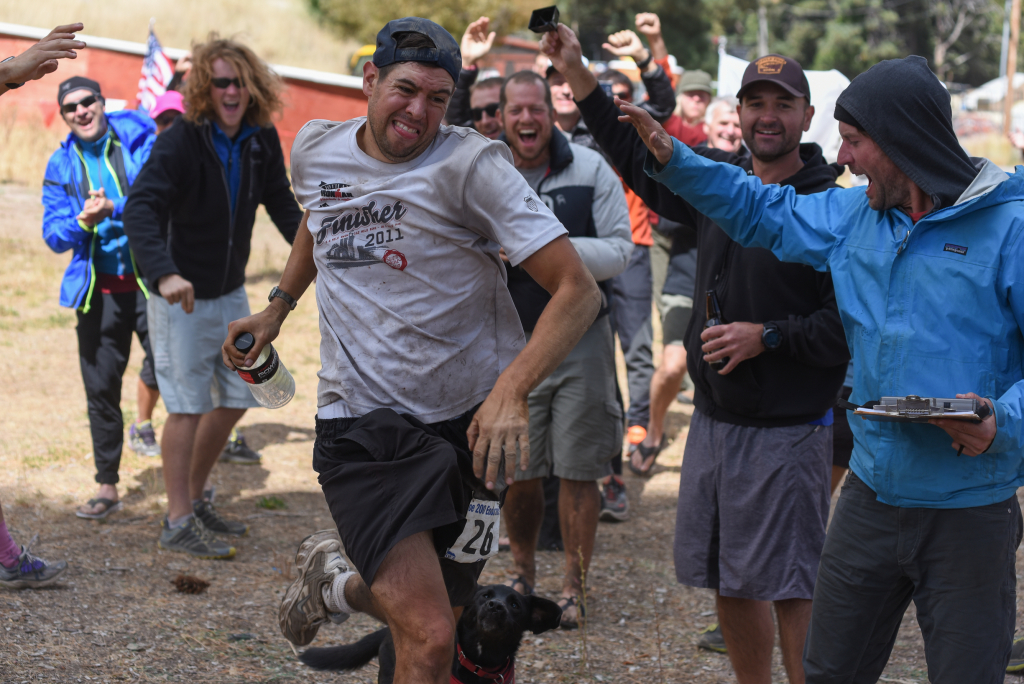Run 200s
- List of 200s: looped and non-repeating American 200s
- Training: run less, more pain, more variety
- Feet:
- Foot Gear: shoes, socks, lube & tape
- The Art of Footcare: when things go pear-shaped with your piggies
- Gear: this isn’t Krupicka shirtless and barefoot in Chautauqua
- Pack: the answer is likely Ultimate Direction, SJ Ultra or PB Adventure Vest
- Pack contents: the list is long but necessary (for Colorado, at least)
- Trekking poles: on balance, helpful in the mountains
- Hydration & filtering: bottles and membrane filters
- Nutrition: is a backwater eddy of science, but here are a few things that work
- Sleep: some argue you don’t need it, but even a little helps; embrace dirt naps when the weather’s nice
- Wild animals and other threats (HAPE, hypothermia, etc.)
- Crewing/Pacing: crewing Colorado and Bigfoot is hard; pacers are a delight in the later miles and at night
- Drop Bags & Aid Station Strategy
- Navigation, maps, apps: not all courses are well marked; in some, there be dragons
- Elimination: you can’t just shit haphazardly, so says the US Forest Service; but a woodsy shit is likely going to be one of the best of your life
- Cast of Characters: meeting Meep Meep is worth the price of admission alone
editor’s note
With the introduction of the Colorado 200, Bigfoot 200 and the Triple Crown of 200s (formerly Grand Slam, now Double Crown), the 200 community learned quite a bit in 2015.
A key feature of 200s is non-linear difficulty. It’s not just 2x as tough as a 100m. You’re on the course for perhaps 4x as long and encounter wholly different issues.
This series is part anecdote, part applied science. It’s not comprehensive, nor authoritative. But it may well be helpful.
These links will take you to wiki on each topic (some forthcoming). If you have further wisdom, please feel free to edit the pages, or if you prefer, send me a note or leave a comment.
~Dustin
